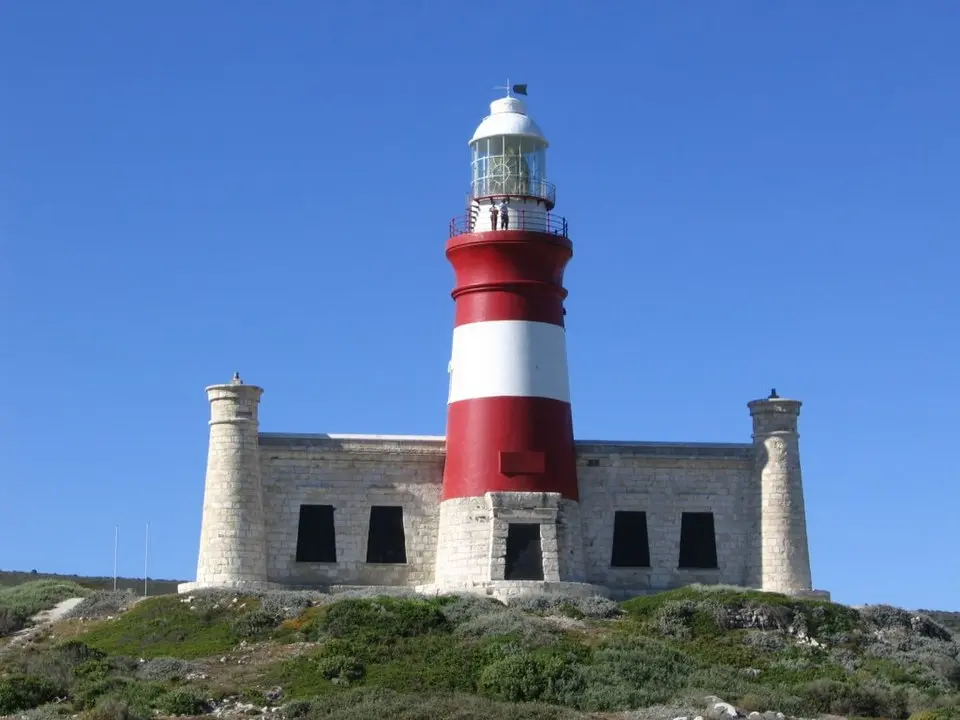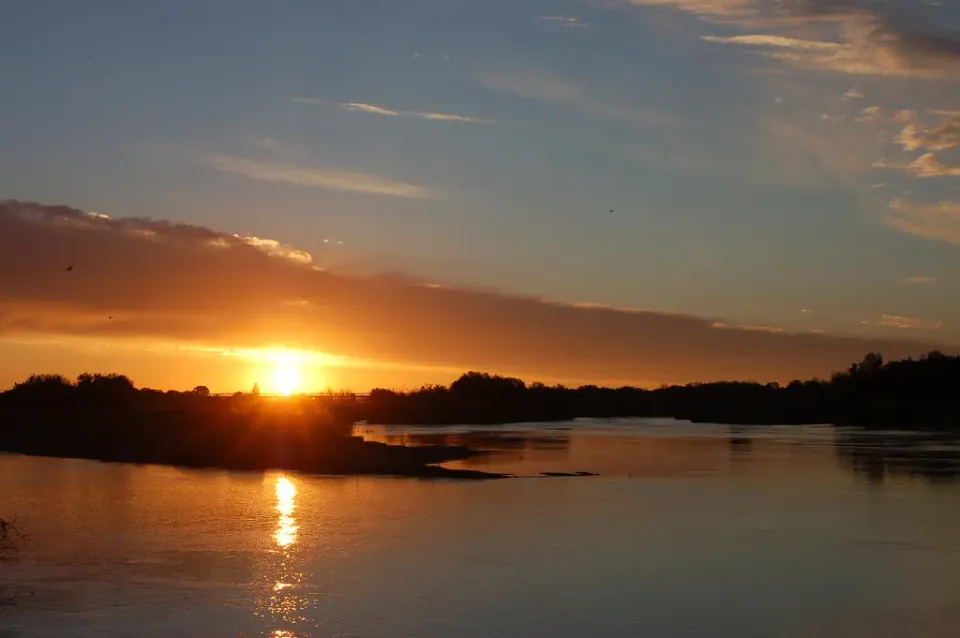Cape Agulhas: The Southernmost Tip of Africa and Its Maritime History

Cape Agulhas, known as the official boundary between the Indian and Atlantic Oceans, is more than just a geographical landmark. This southernmost point of Africa is steeped in tales of shipwrecks, castaways, and phantoms. In the 15th century, Portuguese sailors navigating the Cape experienced compass anomalies, leading Bartholomew Dias to name this oceanic point 'Capo das Agulhas' or Cape of Needles. Today, Cape Agulhas continues to fascinate modern-day explorers with its aura of mystery and adventure.
The infamous 'Cape of Storms' has claimed numerous ships journeying east via Cape Agulhas. Known for its hazardous conditions, the cape is infamous for winter storms and towering waves, some reaching up to 30m in height. The collision of the cold Benguela and the 'Roaring Forties' winds with the warm Agulhas current can create perilous conditions, especially when combined with the shallow waters and reefs of the Agulhas Bank, ominously known as the 'Graveyard of Ships'. The coastline is scattered with shipwrecks, including the Zoetendal, Birkenhead, and Arniston, among others. While little gold has been recovered from these wrecks, artifacts are displayed at the Bredasdorp Shipwreck Museum. Visitors can still see the remains of the Meisho Maro, which ran aground in 1982.
In 1848, the Cape Agulhas Lighthouse was built to warn ships of treacherous currents and waves. This red and white striped lighthouse, the second oldest working lighthouse in Southern Africa, is now a national monument and the only lighthouse museum in Africa. It houses various artifacts, including ancient stone fish traps used by the Khoi-Khoi people thousands of years ago. Climbing the 71 steps to the top rewards visitors with a stunning view of the wild ocean.
The Agulhas Plain is home to a diverse range of flora, boasting nearly 9000 species of fynbos, including the unique limestone fynbos. The region, encompassing the towns of Arniston, Bredasdrop, L’Agulhas, Napier, Elim, and Struisbaai, attracts tourists with its various attractions. The Agulhas Bank off the coast is one of South Africa's best fishing grounds, with locals catching yellowtail, kabeljou, Cape salmon, red roman, stumpnose, and mussel cracker, depending on the season.
Struisbaai offers approximately 25km of pristine beach, warm Indian Ocean swimming, and excellent walking and fishing opportunities. The area's original thatched fishermen’s cottages are nearby, and visitors can enjoy 4x4 beach safaris, nature reserves, hikes, and horse rides.
From June to November, the area is a hotspot for whale watching, with Southern Right, Humpback, and Bryde’s whales frequenting the coastline. The African black oystercatcher is protected along many of the beaches. Dolphins, porpoises, Cape Fur seals, and a variety of birdlife, tortoises, and smaller mammals like caracal can also be spotted.
This ruggedly beautiful coastal plain at the southernmost tip of Africa, rich in cultural and natural heritage, has recently been declared the Agulhas National Park.
Other shipwrecks along the coastline include Geortyrder (1849), Queen of the Thames (1871), European (1877), Elise (1879), Cooranga (1964), Gwendola (1968), and Federal Lakes (1975).




